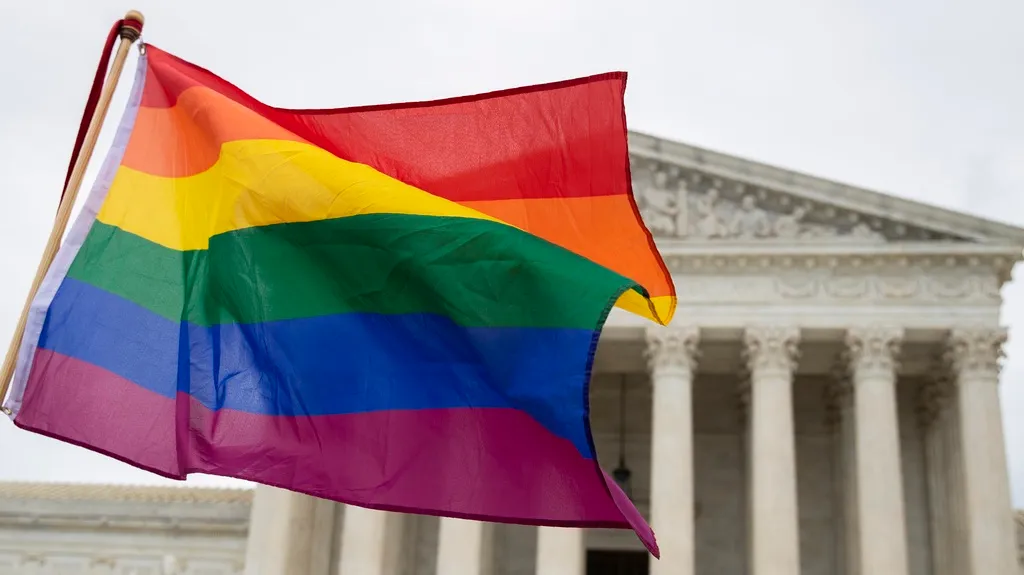August 5, 2015
The Next Five Years of the National HIV/AIDS Strategy
Sean Cahill READ TIME: 3 MIN.
One of my proudest moments in 25 years of LGBT and HIV/AIDS activism came in July, 2010, when I joined other HIV/AIDS activists and policymakers at the White House for President Obama's announcement that he was launching a National HIV/AIDS Strategy (NHAS).
From 2007 through 2010, I worked closely with many of those in the room to urge then-presidential candidate Obama, and others running for president in 2008, to commit to creating a comprehensive, coordinated approach to reducing new HIV infections, improving treatment outcomes, and ending the striking disparities among different population groups impacted by the epidemic. The launch of the national strategy filled us with hope that we would soon see a renewed energy in our domestic HIV prevention and care response.
Since 2010 we have made incredible strides toward those goals, and we have addressed some of the structural drivers that make Black Americans, gay and bisexual men, and transgender women disproportionately vulnerable to HIV infection. Because of reporting delays, we will not know until well after 2015 whether we have met the targets set out in the 2010 NHAS. However, there are many reasons to be hopeful that we are turning the corner on the U.S. HIV epidemic:
Antiretrovirals and HIV prevention: In December 2010 the first study of pre-exposure prophylaxis (PrEP) for HIV prevention showed that taking HIV medications could substantially reduce one's risk of HIV infection. This study involved gay and bisexual men and transgender women. Subsequent studies showed that PrEP works for heterosexual couples and for injection drug users. An HIV treatment study from 2011 showed that HIV-positive partners who adhere to HIV treatment are much less likely to transmit HIV to their HIV-negative partners. PrEP and "treatment as prevention" provide additional tools to reduce new HIV infections. Ensuring that those most at risk for HIV infection-such as young Black gay men-know about PrEP and can access it is critical.
The Affordable Care Act: Before the ACA, people with HIV were less likely to have insurance due to discrimination on the basis of a pre-existing condition. More than 16 million Americans have been newly insured since January 2014 thanks to the ACA, including many people living with HIV.
Encouraging improvements in treatment outcomes: Thanks to the widespread adoption of researcher Ed Gardner's HIV continuum of care, and innovations funded by federal government, AIDS United, and others, we know that the percentage of HIV-infected individuals aware of their status has increased, and that the percentage of gay and bisexual men, Blacks, and Latinos who are virally suppressed has improved.
Expanded legal equality for LGBT people: Because two-thirds of new HIV infections continue to burden gay and bisexual men and transgender women, the expansion of marriage equality, nondiscrimination laws, and other legal protections helps improve the social climate for LGBT people and may reduce the prejudice that can exacerbate people's vulnerability to HIV infection.
All that said, much remains to be done. On July 30, I will have the honor of attending the launch of the next five years of the NHAS by White House AIDS Office Director Douglas Brooks at Morehouse School of Medicine. As we recalibrate and plan the next five years' of work, here are some priorities we need to tackle:
Challenge anti-LGBT prejudice as a public health threat: The US Centers for Disease Control and state and local health departments, as well as all youth-serving institutions, should challenge anti-LGBT prejudice as a public health threat. This can be done through social marketing campaigns, family acceptance initiatives, and ensuring affirming social services and health care for LGBT youth.
Address substance use, including crystal methamphetamine use: Effective interventions to prevent and stop crystal meth use and other substance use among gay and bisexual men and transgender women are urgently needed.
Expand Medicaid eligibility: Recent events have highlighted racial injustice in the US. One of the most important steps we can take toward racial justice in health care would be to expand Medicaid eligibility in the 22 states that have not done so. In Alabama an individual who is categorically eligible for Medicaid (i.e. having dependent children and/or a disability) must earn 16 percent of the federal poverty level or less to qualify. That's $3,221 for a mother with two children! The non-expansion of Medicaid, especially in the Southern states, disproportionately hurts Black Americans, including Black people living with HIV.
If you want to read more on this topic in advance of the release of the NHAS, you can see comments that the Fenway Institute submitted for consideration to the White House for the 2015-2020 NHAS, available here.
Sean Cahill is Director of Health Policy Research at the Fenway Institute.
Sean Cahill, Ph.D. is a managing director at Gay Men's Health Crisis and an Adjunct Assistant Professor of Public Administration at New York University. He is an author of HIV and Aging: Growing Older with the Epidemic, available at www.gmhc.org. Thanks to Robert Valadez of GMHC for research assistance.


